SPHK2
-
Official Full Name
sphingosine kinase 2
-
Overview
This gene encodes one of two sphingosine kinase isozymes that catalyze the phosphorylation of sphingosine into sphingosine 1-phosphate. Sphingosine 1-phosphate mediates many cellular processes including migration, proliferation and apoptosis, and also plays a role in several types of cancer by promoting angiogenesis and tumorigenesis. The encoded protein may play a role in breast cancer proliferation and chemoresistance. Alternatively spliced transcript variants encoding multiple isoforms have been observed for this gene. -
Synonyms
SPHK2; sphingosine kinase 2; sphingosine kinase type 2; SK 2; SK-2; SPK 2; SPK-2;
- Recombinant Proteins
- Cell & Tissue Lysates
- Protein Pre-coupled Magnetic Beads
- Human
- Mouse
- Rhesus Macaque
- E.coli
- HEK293
- Insect (sf21)
- Insect cell
- Insect Cell
- Mammalian Cell
- Mammalian cells
- Sf9 Insect Cell
- DDK
- Flag
- GST
- His
- His (Fc)
- Avi
- His|T7
- Myc|DDK
- N/A
- N
- Background
- Quality Guarantee
- Case Study
- Involved Pathway
- Protein Function
- Interacting Protein
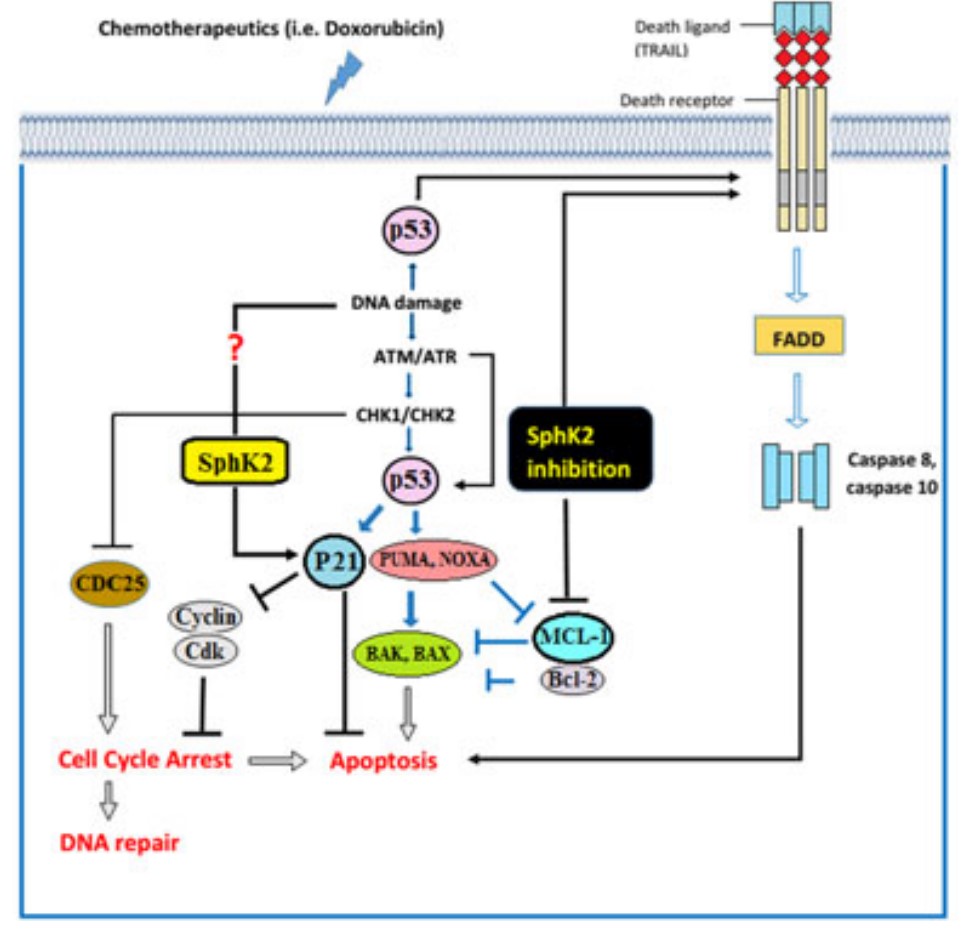
Fig1. Role of SphK2 in the DNA damage response. (Leili Hasanifard, 2019)
What is SPHK2 protein?
SPHK2 (sphingosine kinase 2) gene is a protein coding gene which situated on the long arm of chromosome 19 at locus 19q13. This gene encodes one of two sphingosine kinase isozymes that catalyze the phosphorylation of sphingosine into sphingosine 1-phosphate. Sphingosine 1-phosphate mediates many cellular processes including migration, proliferation and apoptosis, and also plays a role in several types of cancer by promoting angiogenesis and tumorigenesis. The encoded protein may play a role in breast cancer proliferation and chemoresistance. The SPHK2 protein is consisted of 654 amino acids and its molecular mass is approximately 69.2 kDa.
What is the function of SPHK2 protein?
SPHK2 is a member of the SPHK family and is involved in the regulation of chemosensitivity by controlling ceramide formation and the downstream Akt pathway in human colon cancer cells. SPHK2 plays an important role in migration of MDA-MB-453 cells toward the ligand EGF. The N-terminal-extended form of SPHK2 has a role in serum-dependent regulation of cell proliferation and apoptosis.
SPHK2 Related Signaling Pathway
SPHK2 is involved in the regulation of fatty acid metabolism by influencing the level of sphingosine in cells. SPHK2 is involved in the regulation of inflammation-related signaling pathways, affecting the release of inflammatory factors and the occurrence of inflammatory responses. SPHK2, through its product S1P, participates in the regulation of transcription in the nucleus and influences gene expression. It is also involved in maintaining mitochondrial function and telomere structure.
SPHK2 Related Diseases
SPHK2 plays an important role in the inflammatory process, and its abnormal expression or function may lead to the occurrence of inflammation-related diseases, such as rheumatoid arthritis and inflammatory bowel disease. Overactivation of SPHK2 promotes the proliferation, invasion and metastasis of tumor cells, including breast cancer, lung cancer and colorectal cancer. It is also associated with neurodegenerative diseases and diabetes.
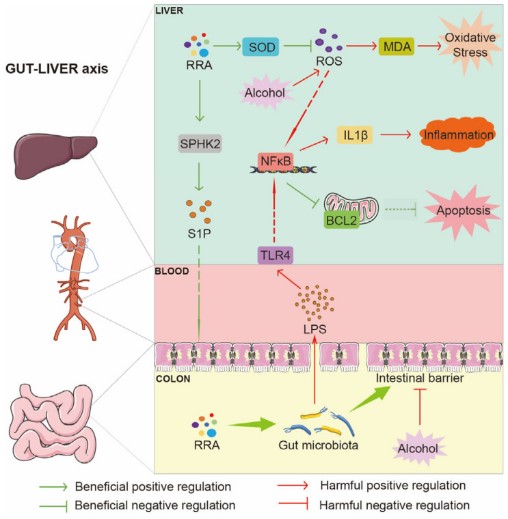
Fig2. The mechanism of RRA-ameliorated alcoholic liver disease. (Yuxu Chen, 2023)
Bioapplications of SPHK2
Drug research targeting SPHK2(sphingosine kinase 2) is still in its early stages, and no specific drug has been approved for clinical treatment. However, several drugs that inhibit SPHK2 activity are undergoing clinical trials to evaluate their safety and efficacy in the treatment of different diseases. These include AMG-510, which is used to treat cancer and cardiovascular disease, and PF-545454, which is used to treat inflammatory and neurodegenerative diseases.
High Purity
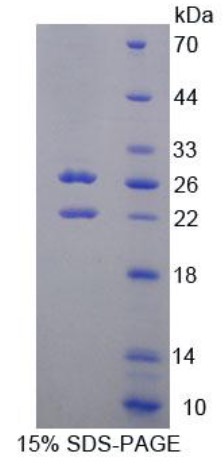
Fig1. SDS-PAGE (SPHK2-1300H) (PROTOCOL for western blot)
.
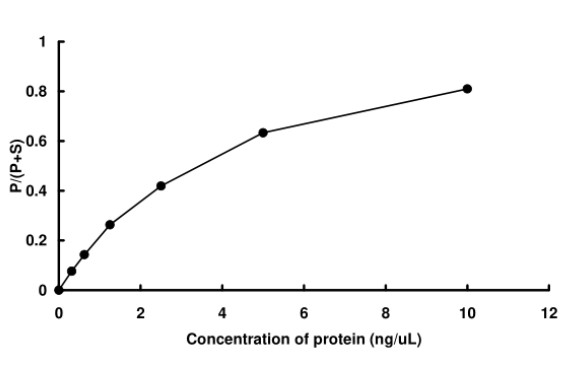
Fig2. Activity Data. (SPHK2-7105HF)
Case study 1: Francis R LeBlanc, 2020
Sphingolipid metabolism is increasingly recognised as a therapeutic target in cancer due to its regulation of cell proliferation and apoptosis. The sphingolipid rheostat is proposed to control cell fate through maintaining balance between pro-apoptotic and pro-survival sphingolipids. This balance is regulated by metabolising enzymes involved in sphingolipid production. One such enzyme, sphingosine kinase-2 (SPHK2), produces pro-survival sphingosine 1-phosphate (S1P) by phosphorylation of pro-apoptotic sphingosine.
Here, the researchers examined SPHK2 expression in LGL leukaemia and found SPHK2 mRNA and protein upregulation in a majority of LGL leukaemia patient samples. Knockdown of SPHK2 with siRNA in LGL leukaemia cell lines decreased proliferation. Additionally, the use of ABC294640 or K145, both SPHK2-specific inhibitors, decreased viability of LGL leukaemia cell lines. Mechanistically, SPHK2 inhibition downregulated pro-survival myeloid cell leukaemia-1 (Mcl-1) protein through proteasomal degradation. Targeting of SPHK2 therefore provides a novel therapeutic approach for the treatment of LGL leukaemia.
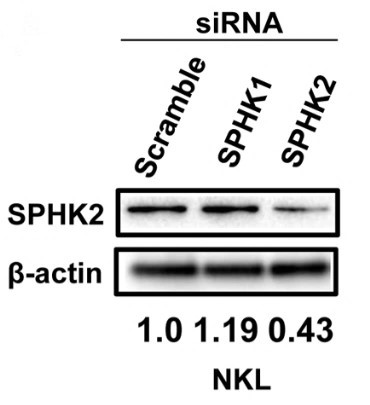
Fig1. Immunoblot analysis of SPHK2 levels in siRNA-transfected NKL.

Case study 2: Heidi A Neubauer, 2016
While both human sphingosine kinases (SK1 and SK2) catalyze the generation of the pleiotropic signaling lipid sphingosine 1-phosphate, these enzymes appear to be functionally distinct. The roles of SK2, and its contribution to cancer are much less clear. The team's analysis of gene expression data revealed that SK2 is upregulated in many human cancers, but only to a small extent. Based on these findings, the researchers examined the effect of different levels of cellular SK2 and showed that high-level overexpression reduced cell proliferation and survival, and increased cellular ceramide levels. In contrast, however, low-level SK2 overexpression promoted cell survival and proliferation, and induced neoplastic transformation in vivo. These findings coincided with decreased nuclear localization and increased plasma membrane localization of SK2, as well as increases in extracellular S1P formation.
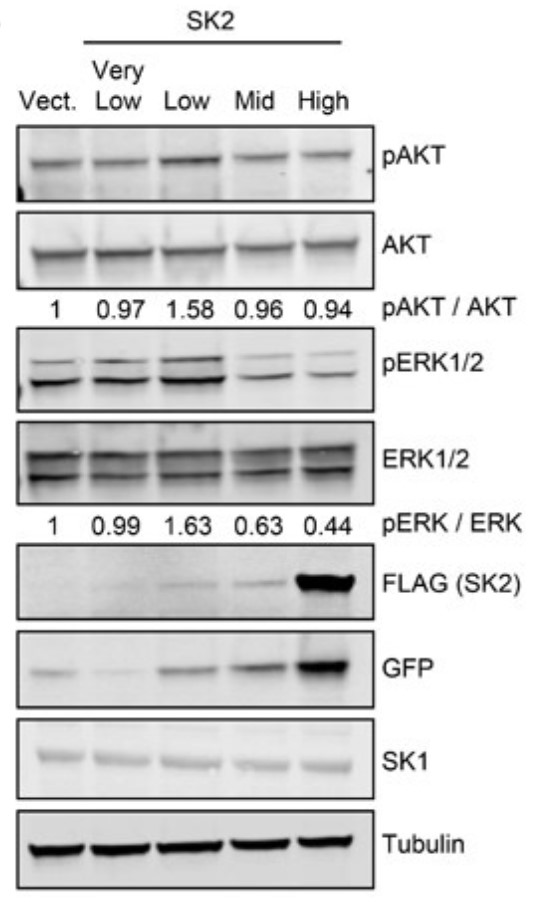
Fig3. Lysates from the NIH3T3 vector or SK2-overexpressing cell lines were subjected to immunoblot analyses and probed with antibodies against phospho-AKT, total AKT, phospho-ERK1/2, total ERK1/2, FLAG, GFP, SK1 and α-tubulin.
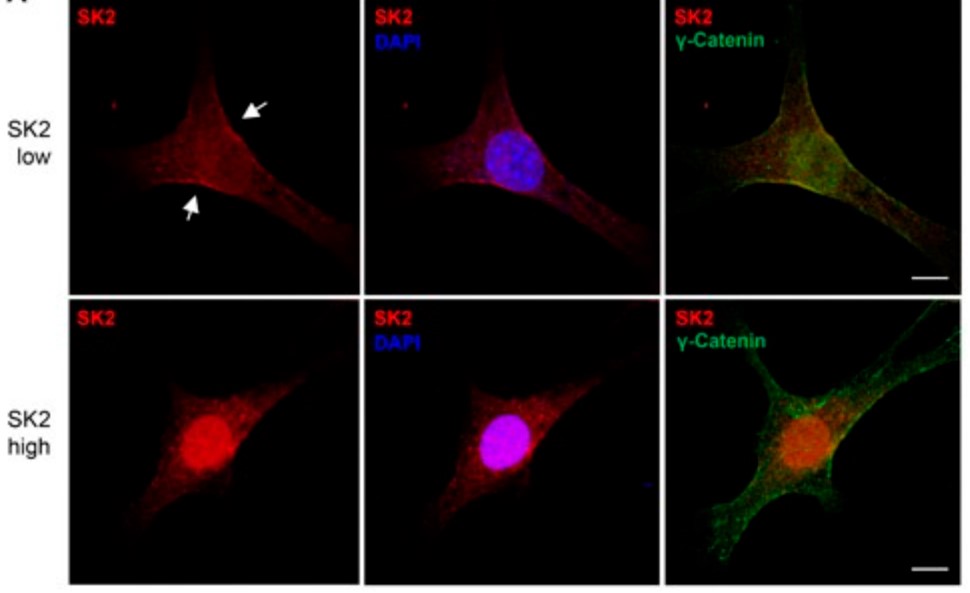
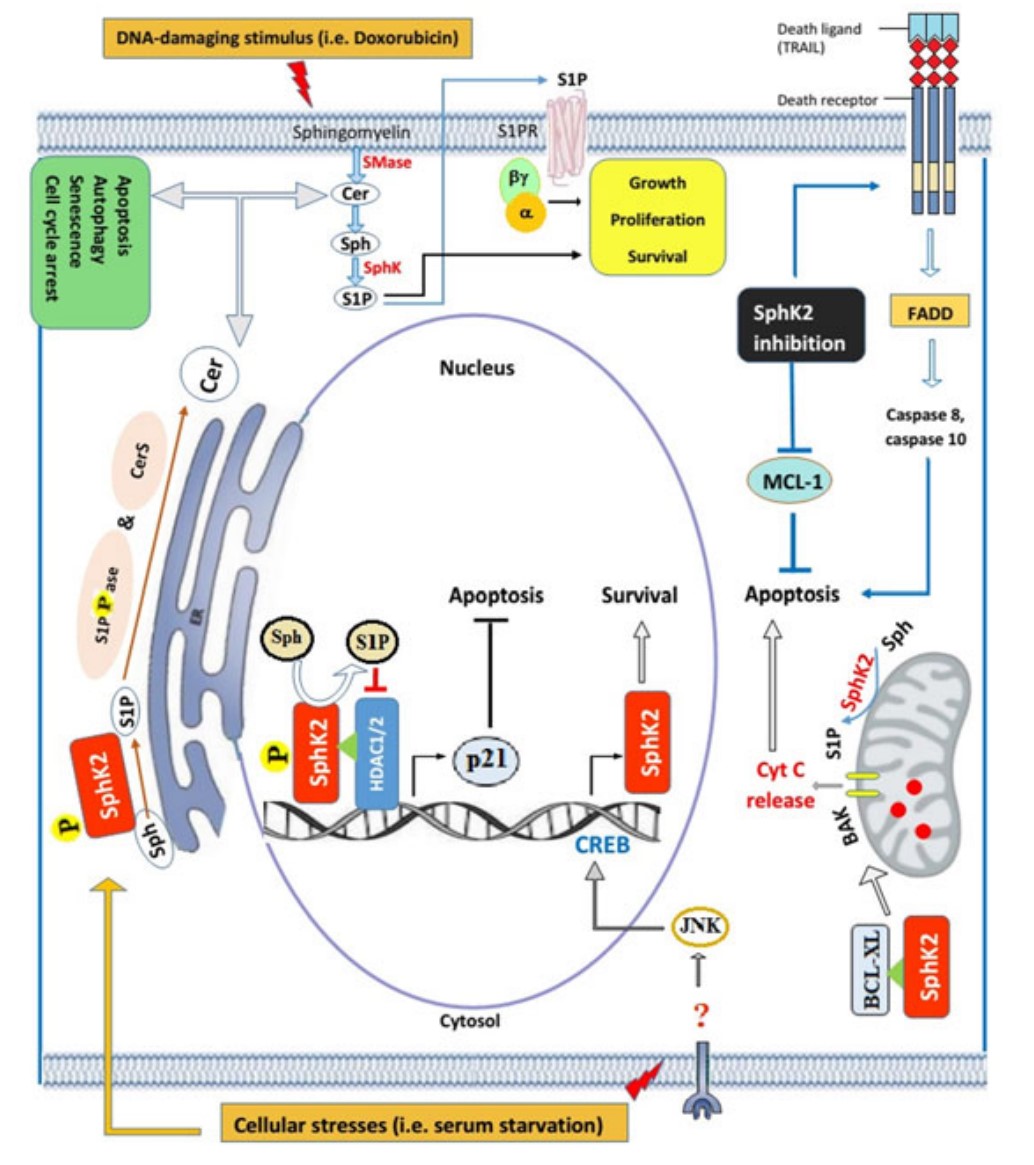
Fig1. Proposed scheme for the role of SphK2 in exhibiting the dual antiapoptotic and proapoptotic effects in response to cell stresses. (Leili Hasanifard, 2019)
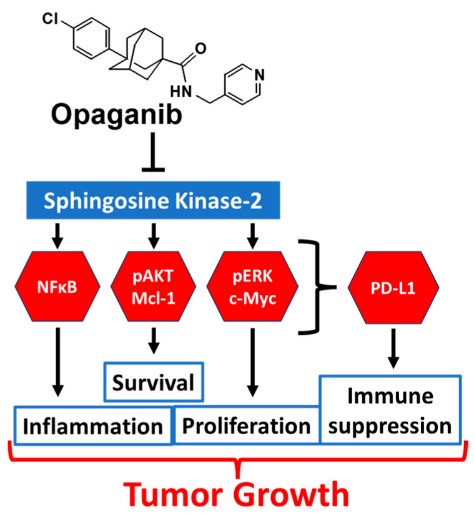
Fig2. Model for antitumor activity of opaganib. (Lynn W Maines, 2023)
SPHK2 involved in several pathways and played different roles in them. We selected most pathways SPHK2 participated on our site, such as Sphingolipid metabolism, Metabolic pathways, Calcium signaling pathway, which may be useful for your reference. Also, other proteins which involved in the same pathway with SPHK2 were listed below. Creative BioMart supplied nearly all the proteins listed, you can search them on our site.
| Pathway Name | Pathway Related Protein |
|---|---|
| Sphingolipid metabolism | COL4A3BP;SGMS2;PPAP2A;PPAP2C;SMPD4;SGMS1;SMPD1;KDSR;SMPD5 |
| Metabolic pathways | ADSS;GCLC;GRHPRB;IDH1;APRT;POLE2;ALDH1A3;TGDS;PLD3 |
| Calcium signaling pathway | PPP3R1;RYR1;DRD1B;ITPKC;P2RX2;STIM1;ADRB2A;GRPR;EGFRA |
| Sphingolipid signaling pathway | AKT2;GAB2;MAP2K2;NFKB1;PLCB1;PLCB4;PRKCE;PRKCB;LASS1 |
| VEGF signaling pathway | CDC42L2;PPP3CC;MAPK13;PXNA;NRAS;RAC1B;PLA2G4C;SPHK2;PTGS2B |
| Fc gamma R-mediated phagocytosis | LAT;PRKCB;WASF3;LIMK2;PAK1;PLA2G6;VAV3;RPS6KB2;PIK3CG |
| Tuberculosis | EP300;TRADD;NFYA;CASP10;CAMK2A;STAT1;CAMK2B;ATP6V0A1;HLA-DMB |
SPHK2 has several biochemical functions, for example, ATP binding, D-erythro-sphingosine kinase activity, Ras GTPase binding. Some of the functions are cooperated with other proteins, some of the functions could acted by SPHK2 itself. We selected most functions SPHK2 had, and list some proteins which have the same functions with SPHK2. You can find most of the proteins on our site.
| Function | Related Protein |
|---|---|
| ATP binding | TAP1;EPHB3;PCCB;DHX57;ABCD4;FGFR2;PIK3CB;TRPV4;DDR1 |
| D-erythro-sphingosine kinase activity | SPHK1;SPHK2 |
| Ras GTPase binding | MAP2K1;RAP1A;CIB1;RIN1;MAPKAP1;RAP1GAP;RGL3;RASGRP3;SH3BP4 |
| protein binding | EPN1;STAC;TTLL6;CRYAA;ZNF624;REPS1;EPS15;SP4;MED15 |
| sphinganine kinase activity | SPHK1;SPHK2 |
| sphingosine-1-phosphate receptor activity | S1PR1;GPR6;S1PR4;S1PR5;S1PR5B;SPHK2;S1PR5A;S1PR2;SPHK1 |
SPHK2 has direct interactions with proteins and molecules. Those interactions were detected by several methods such as yeast two hybrid, co-IP, pull-down and so on. We selected proteins and molecules interacted with SPHK2 here. Most of them are supplied by our site. Hope this information will be useful for your research of SPHK2.
FYN; LYN; FHL2; hemL; astD
- Q&As
- Reviews
Q&As (6)
Ask a questionImmunohistochemistry is a method used to detect the expression level of proteins in tissues. By using antibodies specific to SPHK2 protein, the expression level and distribution of SPHK2 protein in tissues can be detected.
Gene knockout or overexpression techniques can be used to study the function of the SPHK2 protein. By knocking out or overexpressing the SPHK2 gene, the changes in cell growth, differentiation and apoptosis can be observed, and the function of SPHK2 protein in cells can be further revealed.
In some diseases, such as cancer, neurodegenerative diseases, and inflammatory diseases, the expression level of SPHK2 protein may change. High levels of SPHK2 protein may be involved in the pathogenesis and progression of the disease, and may also be a potential target for disease treatment.
Studies have shown that mutations in the SPHK2 protein are associated with cancer, neurodegenerative diseases, and inflammatory diseases. These mutations may lead to dysfunction of proteins, which can lead to the onset and progression of diseases.
There are currently no drugs that directly target the SPHK2 protein. However, some drugs, such as kinase inhibitors and anti-inflammatory drugs, can indirectly modulate signal transduction and cellular stress responses. These drugs can improve processes such as cell growth, differentiation, and apoptosis, thereby protecting cells from disease.
The expression level of the SPHK2 gene can be detected using PCR. By designing specific primers for the SPHK2 gene, the expression level of the gene can be amplified and detected.
Customer Reviews (3)
Write a reviewSPHK2 is simple to operate and improves the efficiency of the experiment.
The experimental results are reliable and trustworthy.
Easy to purify and operate, easy to store, very good to use.
Ask a Question for All SPHK2 Products
Required fields are marked with *
My Review for All SPHK2 Products
Required fields are marked with *


